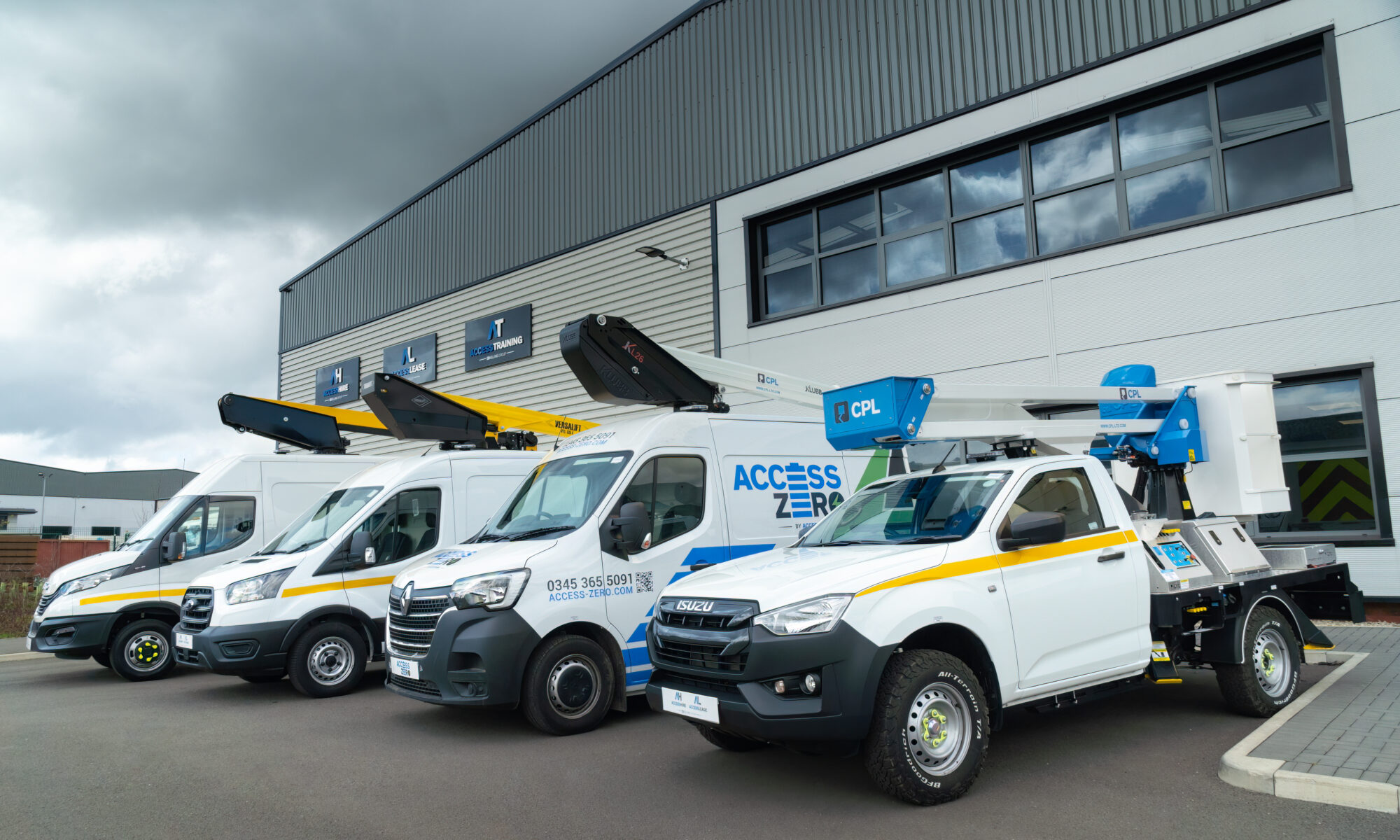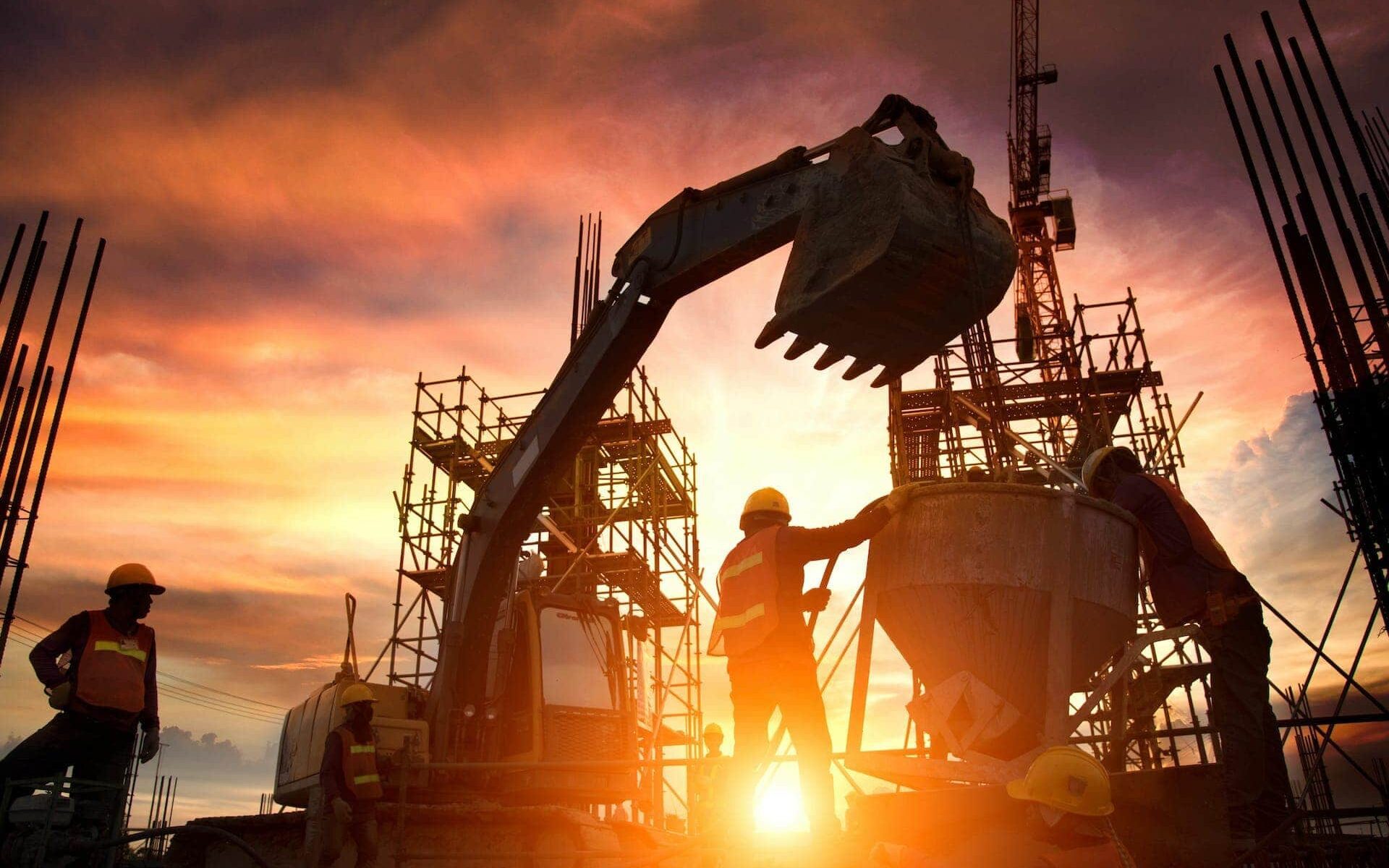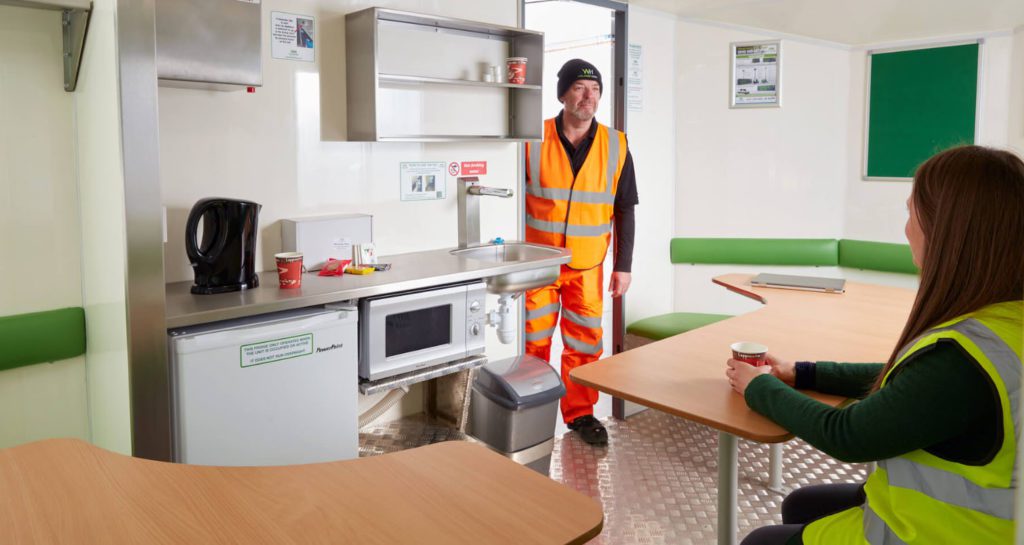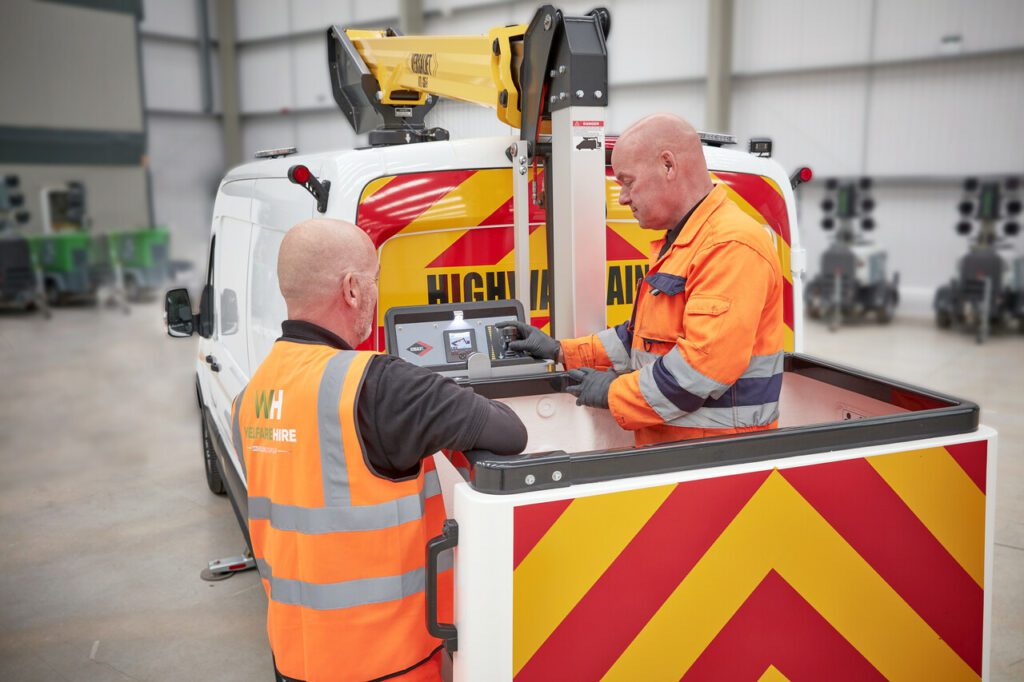Supply chain problems, staffing shortages, net-zero – the sheer number of challenges facing construction can be overwhelming.
What should leaders focus on? And how can they future-proof their firm?
In this article, we explore four key trends that bring together various challenges for industry leaders, providing clarity and helping leaders see the industry’s bigger picture for 2023 and beyond.

1. AdDressing the digital skills gap
Construction has faced severe staffing shortages in recent years, with warnings that 250,000 new skilled workers will be needed by 2026.¹ But with the rising power of automation, more recent projections argue the industry could actually lose half a million jobs by 2030.²
The reality is likely to be somewhere in between: fresh talent will be needed, but the skills required will be very different. Instead of traditional manual skills, digital competence will be far more valued within the sector, enabling projects to make use of cutting-edge technology. But 20% of construction workers already feel they aren’t prepared for technological change.³
This presents construction firms with two challenges:
The first is providing adequate training and upskilling initiatives – to ensure the workforce adapts to new technologies and makes the most of exciting new technological possibilities.
The second is fostering a forward-thinking culture. Caroline Evans of Arden University notes that the psychology of adoption is just as vital as the access to digital training – and only with both can construction companies truly thrive in the future.

2. changing funding requirements
Budgeting is always difficult in the construction sector, but accessing funding – and making sure it covers your costs – is getting increasingly complex. From sky-high inflation to productivity problems, the economics of construction are being squeezed tightly – with little sign of letting up.
This manifests in two distinct ways:
First, construction firms will increasingly have to demonstrate their environmental credentials to win tenders. This will put greater emphasis on ESG scores, meaning access to eco-friendly mobile welfare units and other green equipment will create an active competitive advantage.
Second, economic uncertainty will make staying on budget harder. With inflation, rising material costs, supply chain constraints and labour shortages interacting in complex ways, the cost of any given project will be increasingly difficult to predict and budgeting will become trickier.
This latter point leads us neatly onto the third challenge construction firms face…

3. growing importance of supplier relationships
In our recent article on technology in the construction industry, we noted the vital importance of supplier partnerships to foster innovation. But such partnerships are also essential to manage budgets and keep projects running.
According to McKinsey and co. research, “companies that regularly collaborated with suppliers demonstrated higher growth, lower operating costs, and greater profitability than their industry peers.”
But what does that mean for the construction industry?
Primarily, it means suppliers must have a deep understanding of their customers’ needs. Strategic equipment is no longer just about fulfilling basic practice needs – it’s about driving efficiency, building positive on-site culture and supporting larger goals like reaching net-zero.

4. Adapting to new eco-friendly practices
Greater environmental awareness and carbon reduction are essential. But incorporating technological and operational changes into projects requires a little new thinking and training too. Workers have to remember to charge electric vehicles; users need to learn how hybrid-powered welfare units operate – but a small amount of effort can deliver significant benefits to projects.
A simple example is getting vehicles and equipment into Ultra Low Emission Zones (ULEZ). Many traditional welfare units and tower lights would require delivery via HIAB, which produces extra carbon and makes reaching certain areas tough. But mobile welfare units and lighting towers, which are towed into position, make this much easier, enabling projects to work faster and more easily within regulatory restrictions.
2.https://www.constructionnews.co.uk/long-reads/opinion/expert/competition-for-digital-skills-is-fierce-construction-needs-a-new-mindset-22-02-2023/

























